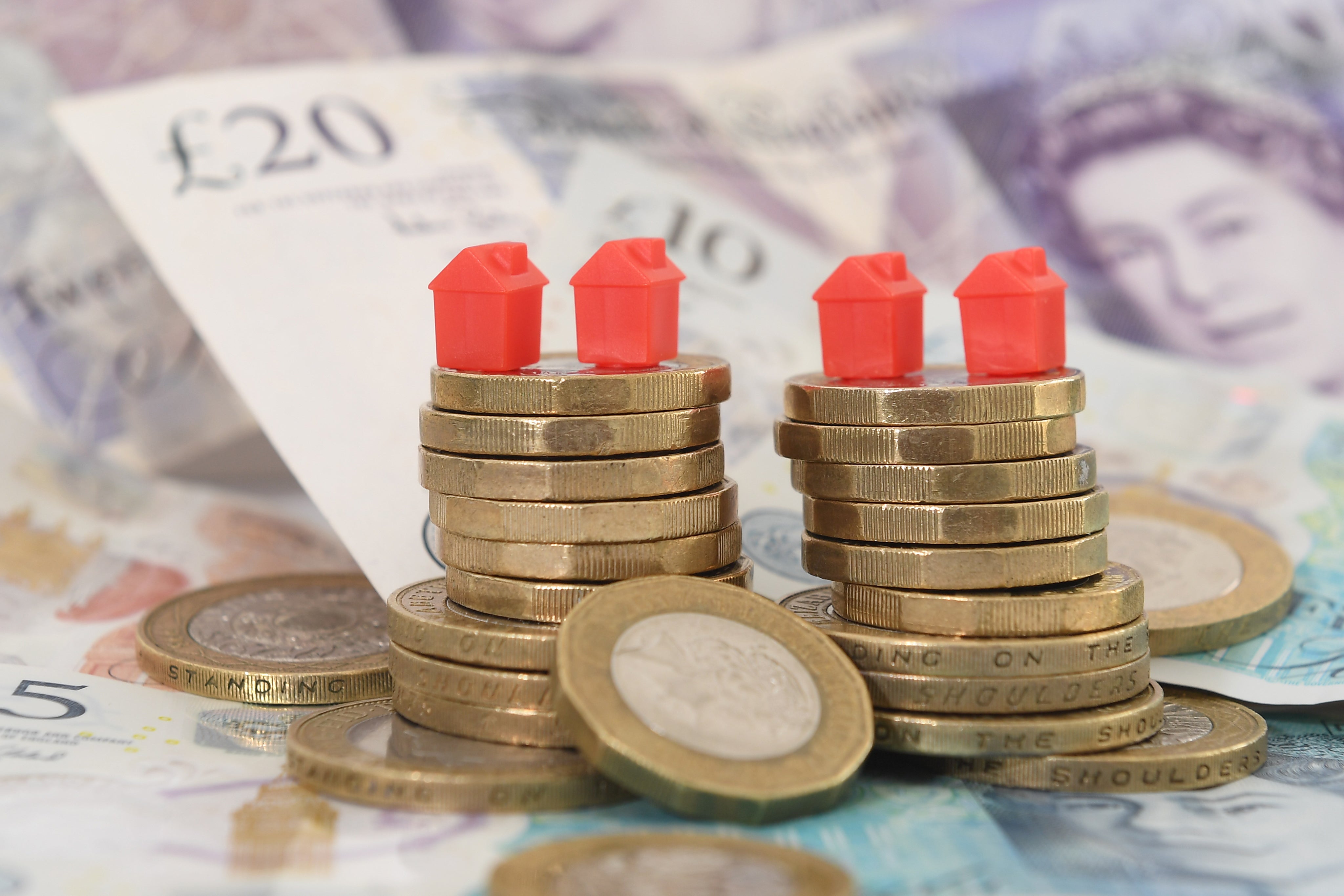£1m average house price gap between England’s most and least expensive towns
The average price of homes in towns in 2020 ranged from £39,000 in Ferryhill, County Durham, to £1.05 million in Northwood, the ONS said.

Your support helps us to tell the story
From reproductive rights to climate change to Big Tech, The Independent is on the ground when the story is developing. Whether it's investigating the financials of Elon Musk's pro-Trump PAC or producing our latest documentary, 'The A Word', which shines a light on the American women fighting for reproductive rights, we know how important it is to parse out the facts from the messaging.
At such a critical moment in US history, we need reporters on the ground. Your donation allows us to keep sending journalists to speak to both sides of the story.
The Independent is trusted by Americans across the entire political spectrum. And unlike many other quality news outlets, we choose not to lock Americans out of our reporting and analysis with paywalls. We believe quality journalism should be available to everyone, paid for by those who can afford it.
Your support makes all the difference.There is a £1 million gap on average between England’s most and least expensive towns in terms of house prices, according to Office for National Statistics (ONS) figures.
The median average price of homes in towns in 2020 ranged from £39,000 in Ferryhill, County Durham to £1.05 million in Northwood, which borders Hertfordshire and north London the ONS said.
The town with the highest average house price in Wales in 2020 was Dinas Powys in the Vale of Glamorgan, at £291,000, while Ferndale in Rhondda Cynon Taf had the lowest, at £60,000.
“This is a difference of £231,000 between the area with the highest and lowest house prices, which was considerably smaller than the difference of over £1 million observed in England ” the ONS said.
The average house price in England and Wales in 2020 was £250,000, the ONS said.
England had an average house price of £259,000, while Wales had a typical price of £170,000.
Throughout the coronavirus pandemic period, the ONS said it has seen higher rates of price growth for properties with three or more bedrooms, compared with those with one or two bedrooms.
Only in smaller built-up areas was this pattern different, with less variation by room type, it added.